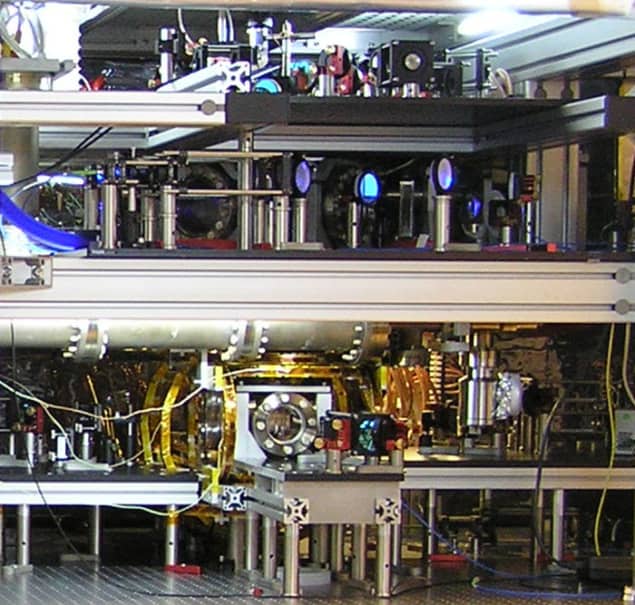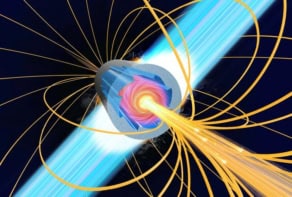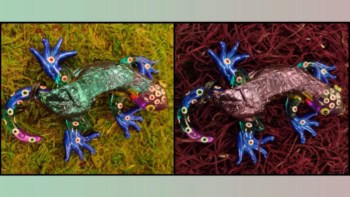
A “laser” that puts out a continuous beam of coherent atoms is one step closer, say physicists in the Netherlands, who have devised a new way of cooling atoms to create a Bose-Einstein condensate (BEC).
A BEC is a distinctive state of matter in which all atoms are in the same quantum state. Therefore, a beam of atoms drawn from a BEC will behave as a coherent matter wave – in much the same way as light from a laser is a coherent electromagnetic wave. Atom lasers could prove useful for making high-precision measurements of rotations, accelerations and magnetic fields.
Short pulses
Atom lasers have been around since the first BECs were created in the mid-1990s, but these systems have produced a pulse of atoms lasting less than a second, rather than continuous waves of atoms. This is because there is no practical way to replenish atoms in the BEC on the fly – a BEC involves trapping and cooling atoms to temperatures just a tiny fraction above absolute zero in a multi-stage process that takes tens of seconds.
Now, Florian Schreck and colleagues at the University of Amsterdam have addressed this cooling problem by performing the different cooling stages in different locations, essentially creating a cooling assembly line that can operate continuously. Key to their success is the use of strontium to make the BEC – strontium atoms have just the right electronic structure to be cooled step-by-step, while being moved from one location to the next.
Colder and denser
The team can use the technique to create a “permanent” cloud of gas that is much colder and 100 times denser that that achieved by previous efforts at continuous cooling. They have also shown that their process is compatible with the creation of a continuously existing BEC.
Schreck believes that the team should be able to make a continuous atom laser within one year.
The research is described in Physical Review Letters


